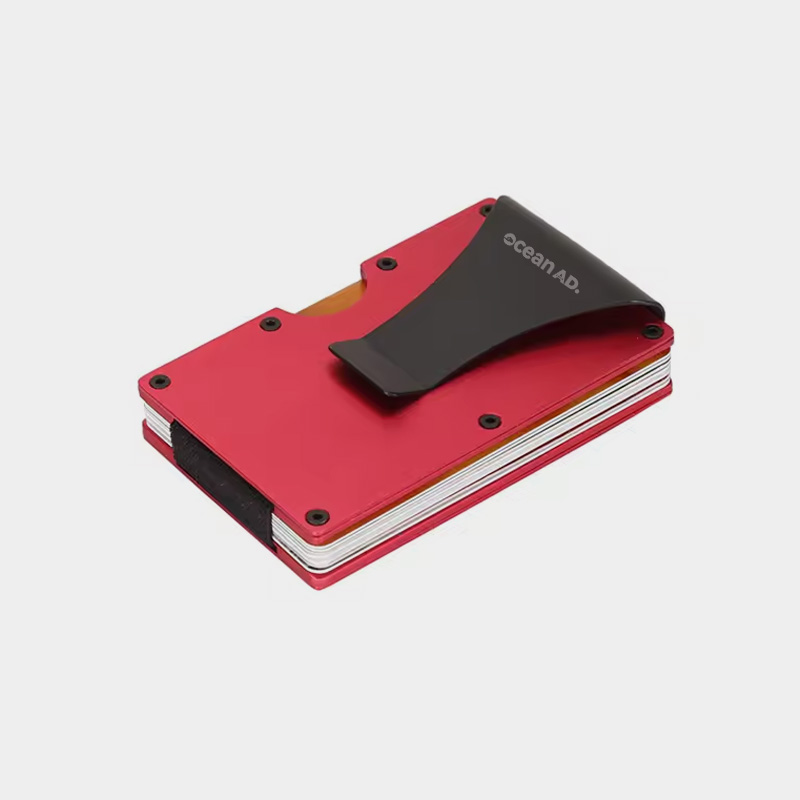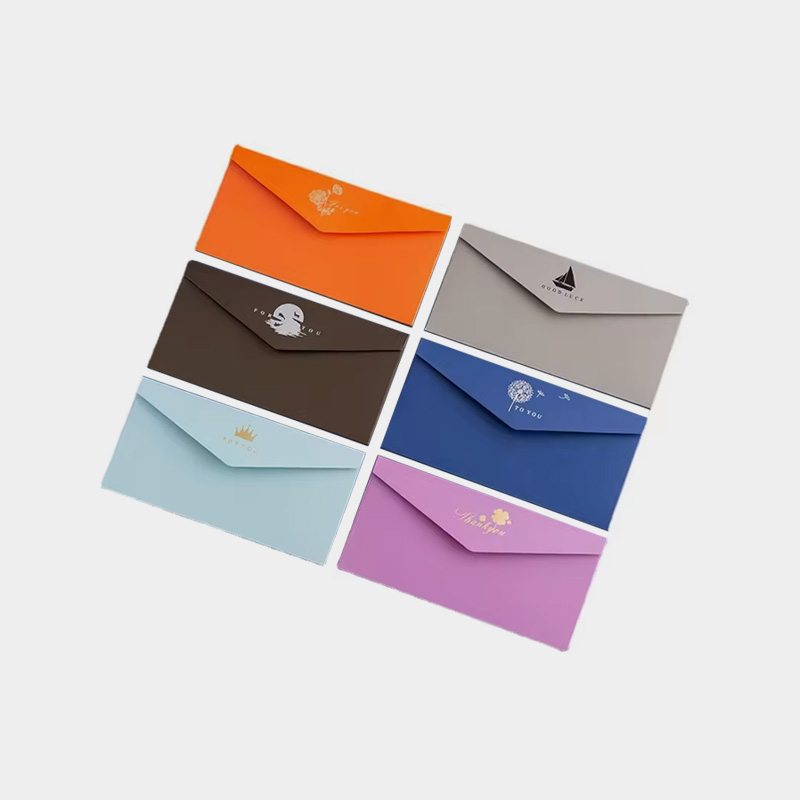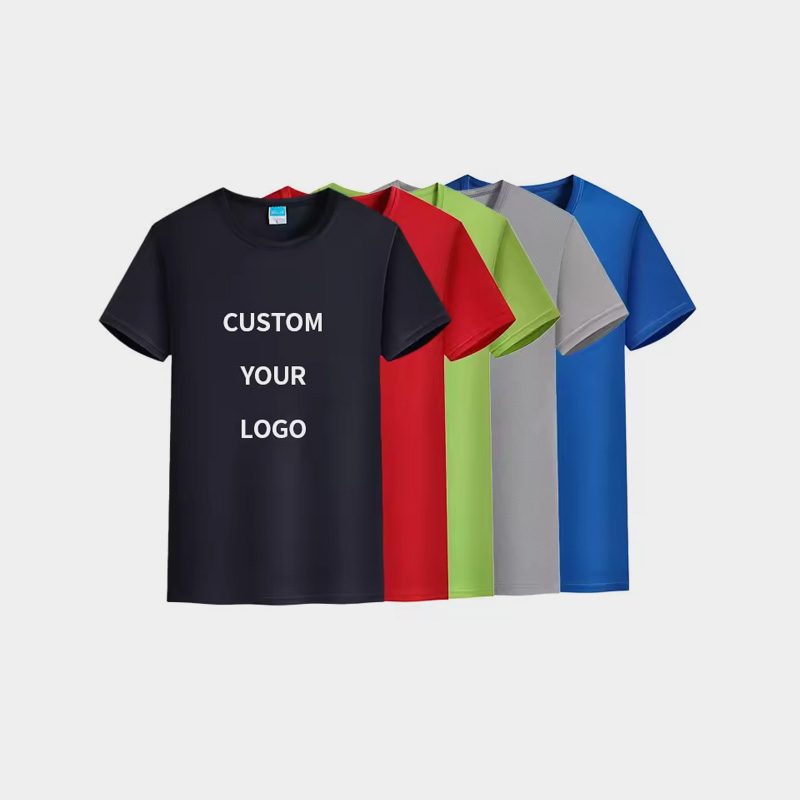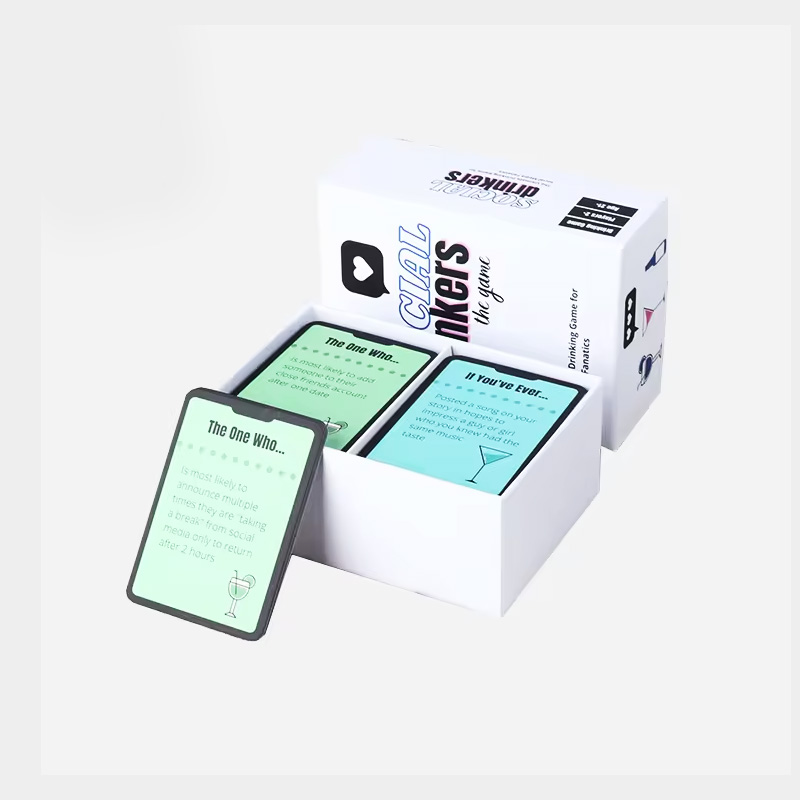Creating a custom card deck is an exciting and rewarding project. Whether you’re designing a deck for a game, educational purposes, or simply for fun, the process allows you to express your creativity while crafting something unique. With the right approach, you can not only design your own deck but also self-publish it for others to enjoy. In this guide, we’ll walk you through the steps in a straightforward way. Let’s get started!

Step 1: Define Your Purpose and Theme
Before diving into the design, think about the purpose of your card deck. Ask yourself:
– Why are you creating this deck?
– Who is it for?
Your deck could be for playing a traditional game, teaching a skill, or simply as a collector’s item. Once you know its purpose, choose a theme. The theme will guide the design, helping it look cohesive.
For example, if you’re creating an educational card deck, you might want bright colors and clear graphics. If you’re making a tarot deck, you may want intricate illustrations and a mystical feel.
Popular Card Deck Themes
In the realm of tabletop games and playful entertainment, few items hold as much versatility and allure as a custom card deck. Whether you’re a game designer looking to create the next big hit, an artist wanting to showcase your illustrations, or simply someone who enjoys the art of playing cards, the possibilities are endless. With custom card deck printing, creating unique themed decks has never been more accessible.
Below, we explore some of the most popular themes for card decks that have captured the imagination of players worldwide.
1. Fantasy Realms
The fantasy genre has long been a favorite among gamers. From mythical creatures to epic tales, a fantasy-themed custom card deck can transport players into enchanting worlds.
Decks may feature dragons, wizards, and enchanted forests or draw inspiration from popular fantasy series like “The Lord of the Rings” and “Game of Thrones.” Game designers often take creative liberties, delving into their own imaginative realms while utilizing stunning artwork and storytelling elements to enhance gameplay.
2. Classic Literature
Literature has an everlasting appeal, and many card decks embrace this theme to celebrate classic novels and poetry. Visuals drawn from renowned works like Shakespeare’s plays or Jane Austen’s novels allow for unique designs and lore-rich gameplay.
Players not only enjoy the mechanics of the game but also have an opportunity to relive these timeless stories through beautifully designed card decks. Custom card deck enables creators to craft decks that resonate with fans of literature, making each game session a cultural experience.
3. Pop Culture and Entertainment
Pop culture is a wellspring for creative inspiration. From movies and television shows to music and celebrities, themes centered around the latest trends and icons attract players seeking entertainment that reflects their interests.
Custom card decks featuring beloved characters, memorable quotes, and snapshots of pop culture lend a playful and contemporary twist to gameplay. The versatility of card deck allows fans to keep up with current trends while incorporating their favorite elements into games they already love.
4. Nature and Wildlife
For those who appreciate the beauty of the natural world, custom card decks highlighting nature and wildlife themes are incredibly popular. From vibrant floral designs to stunning wildlife illustrations, these decks can educate players about biodiversity and conservation while providing an aesthetically pleasing experience.
For card deck printing, high-quality images can effectively capture the essence of nature, encouraging players to engage more deeply with the environment while they play.
5. Abstract and Modern Art
Art enthusiasts will find joy in custom card decks inspired by abstract and modern art. These decks often feature bold colors, unique shapes, and innovative designs that challenge conventional aesthetics.
Artists can showcase their talent through card deck printing, creating stunning pieces that serve both as a game and a work of art. Such decks not only attract players who enjoy the artistic representation but also become conversation pieces that elevate any game night.
6. Historical Themes
Many players have a fascination with history, making historical themed card decks a popular choice. Custom card deck printing can help creators design decks that highlight specific periods, significant events, or cultural traditions.
Players can explore ancient civilizations, famous battles, or influential leaders as they traverse through the cards. This theme immerses players in a narrative that combines education with entertainment, further enriching the gaming experience.
With the rise of custom card deck printing, the opportunities for creativity and innovation in card deck themes are virtually limitless. From fantasy worlds and classic literature to pop culture, nature, abstract art, and history, the versatility of custom card decks ensures that there is something for everyone.
Whether you are a game designer, an avid player, or an artist, exploring these themes will undoubtedly awaken your imagination and inspire new ideas for your next custom card deck. Embrace the potential of your creativity and take your card game experience to the next level!
Step 2: Plan Your Deck
Now that you have a theme, it’s time to plan the deck. Think about:
– Number of cards: A standard playing card deck has 52 cards. But your deck might have more or fewer, depending on your needs.
– Size of cards: The most common size is 2.5 x 3.5 inches (63 x 88 mm), like a traditional poker deck. However, you can choose a larger or smaller size based on your design and purpose.
– Card content: What will each card show? Will there be text, images, or both? For a game, you might need numbers, symbols, or characters. For educational or tarot cards, you might want illustrations and keywords.
Create a list of what each card will include, so when you start designing, you have a clear plan.
Step 3: Start Designing
You don’t need to be a professional artist to create a great card deck. Here are a few tools and tips to help you get started:
a) Use Design Software
You can use free or affordable design programs like:
– Canva: Great for beginners, with plenty of templates.
– Adobe Photoshop or Illustrator: For more advanced design work.
– GIMP: A free alternative to Photoshop.
b) Work on Layouts
Each card needs to have a clean, readable layout. Make sure the text is clear and the images aren’t too crowded. Use simple fonts for readability, and make sure important details like numbers or symbols stand out.
c) Incorporate Your Theme
Stick to a consistent color palette and style throughout the deck. If you’re using illustrations, make sure they match the overall vibe of the theme. For example, cartoonish drawings work well for a fun, playful deck, while detailed, moody art might suit a fantasy card game.
d) Design the Card Back
Don’t forget about the card backs! The back design is important because it’s what players will see most of the time when shuffling or handling the cards. Keep it simple, but make sure it matches the rest of your theme.
Step 4: Choose a Printing Option
Once your design is finished, it’s time to think about printing. You have two main options:
a) Print-on-Demand Services
Print-on-demand services allow you to print small batches of your card deck. This is perfect for creators who don’t want to invest in a large upfront order. Popular print-on-demand companies for card decks include:
These services usually offer online tools to upload your designs and preview the finished deck. Print-on-demand is a low-risk option if you’re testing the waters or only want a few decks.
b) Offset Printing
If you plan to print a large number of decks, offset printing can be more cost-effective. Offset printing is typically used for bigger print runs (500 or more decks), as the cost per deck decreases with quantity. However, you will need to invest more upfront.
Look for a printer that specializes in card decks. Make sure to request samples first, so you can check the print quality, card thickness, and finish.
Step 5: Add Finishing Touches
For custom card deck printing, the options are virtually limitless. Whether you’re designing a unique deck for a game, art project, or business promotion, various aspects can be tailored to your needs. Here some popular options can elevate your custom card deck, making it not just a game or promotional tool, but a stunning piece of art.
Card Surface Finish Options
The first element to consider in custom card deck printing is the surface finish. Your choice of finish can enhance the aesthetic appeal and tactile experience of the cards significantly.
·Gloss Lamination offers a shiny, vibrant finish that enhances colors and protects cards from wear and tear. It’s great for artwork-heavy designs.
·Matte Lamination, on the other hand, provides a more subdued look while offering a soft-touch feel. This finish is ideal for cards used in strategic games where players need to shuffle frequently.
·Spot UV is a fascinating option where certain elements are treated with a high-gloss coating to create contrast against the matte background. This technique can draw attention to specific features, such as logos or character illustrations.
·Foil Stamping adds a luxurious touch with metallic or shine effects, often used for branding or title cards.
·Embossing can create three-dimensional textures on your cards, offering a tactile experience that engages players visually and physically.
Selecting a suitable surface finish can not only enhance your card decks overall look and durability, also make them stand out from competitors.
Card Side Finish
The edge of your cards can significantly impact their functionality and visual appeal. Options such as round corners offer a classic and user-friendly design, making shuffling easier and reducing wear over time.
Alternatively, spray-edged cards can feature colorful or patterned edges, enhancing the overall design. By incorporating unique card edges, your custom card deck can stand out aesthetically while also providing a practical advantage in terms of usability.
Card Shape
Moving beyond traditional rectangular cards, exploring die cut shapes opens up a whole new world of creativity. A personalized card shape, whether it mimics a character from your game or represents a brand icon, can make a powerful impact.
Die-cut cards add distinctiveness but may require extra consideration in terms of packaging and printing. Custom shapes not only make your card deck unique but also enhance the thematic experience surrounding the game or promotional material.
Card Package Solution
Once your custom card deck has been designed, it’s important to consider packaging options that will protect and showcase your cards.
Tuck Boxes are standard for most card decks, offering simple assembly and an elegant design. They are easily customizable and are often used for game cards.
Drawer Boxes provide a more modern approach, allowing users to slide out the cards, offering ease of use and a stylish presentation.
Lid Bottom Boxes present a classic and sturdy option, giving your cards a more regal feel while ensuring protection during handling and storage.
Selecting a suitable package can enhance the unboxing experience for customers while also safeguarding the integrity of your custom card deck.
Card Accessories
Finally, consider adding card accessories to further enrich your custom card deck.
An introduction booklet can explain the rules or objectives of your game, providing players with comprehensive guidance on gameplay.
Stickers can personalize the experience and create opportunities for engagement, allowing players to express themselves.
Including extra components like game dice, tokens, or counters can enhance the gameplay mechanics, offering more depth and enjoyment.
Incorporating these accessories not only amplifies the interest in your custom card deck but also develops a memorable user experience, leading to greater customer satisfaction.
Creating a custom card deck is an exciting venture that rewards creativity and attention to detail. By considering various options in surface finishes, card edges, shapes, packaging, and accessories, you can design a product that not only meets your specifications but also delights users. The world of custom card deck printing invites you to explore, innovate, and capture the imagination of players and customers alike.
Step 6: Self-Publishing Your Card Deck
Once your deck is printed, you’re ready to self-publish. This means distributing and selling your deck independently. Here are some key steps:
a) Create a Prototype
Before offering your deck to the public, print a prototype. This helps you spot any mistakes or design changes you want to make. It also allows you to test the durability and feel of the cards.
b) Set Up an Online Store
You can sell your card deck through platforms like:
– Etsy: Great for handmade and custom products.
– Shopify: Allows you to create your own online store.
– Amazon: Reach a wider audience by selling through Amazon’s marketplace.
Be sure to take high-quality photos of your deck and write a clear product description that explains its purpose and unique features.
c) Pricing Your Deck
Consider the cost of printing, packaging, and shipping when pricing your deck. You want to make sure you’re covering costs while also making a profit. Research similar products to get an idea of what buyers are willing to pay.
Step 7: Promote Your Deck
To get the word out about your card deck, use a mix of social media, online communities, and word-of-mouth marketing. Here are a few ideas:
– Social Media: Share photos and videos of your deck on Instagram, Facebook, and TikTok. You can even show behind-the-scenes content about your design process.
– Kickstarter: If you need funding to produce your deck, consider launching a Kickstarter campaign. Many independent card creators have successfully funded their projects this way.
– Local Events: If your deck has a niche audience, consider attending local fairs, game nights, or craft shows to sell your deck in person.
Step 8: Get Feedback and Improve
Once you’ve sold your first batch, gather feedback from customers. Pay attention to what people like and what they think could be improved. You can use this information to make adjustments for future print runs or new deck designs.
Conclusion
Designing and self-publishing a custom card deck may seem challenging, but with a clear plan, creativity, and the right tools, anyone can do it. Start by defining your purpose, creating a strong design, and choosing a printing option that works for you. Once your deck is ready, don’t forget to promote it and gather feedback to make future editions even better. Good luck, and enjoy the process of bringing your custom card deck to life!
If you are seeking for game card printing to print your own card decks, Chinaprinting4u is your right place. Whether you need to print a flashcard deck for educational purpose, playing card deck for game or entertainment needs, affirmation card deck for self growth or inspiration, or any other card decks, we can bring your dream to life with our experienced skills and state-of-art printing machine. Contact our printing expert to start your card deck printing today, the biggest save 50% than you print at local print house.







